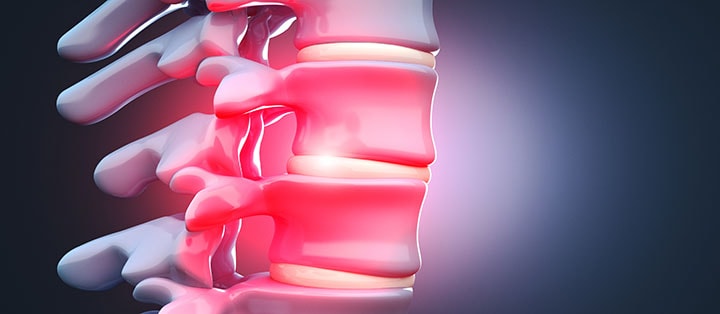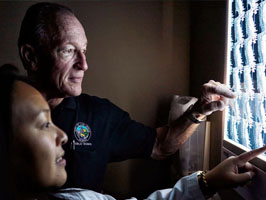Many patients are told that they have bone spurs, or osteophytes, in their back or neck. Bone spurs are simply an indication that there are increased forces on the joints of the spine. In response to this over time, the body remodels bone. In many cases, bone spurs and other degenerative changes may be considered a normal process of aging. The presence of bone spurs alone does not necessarily mean that they are the actual cause of pain.
There are a number of common spinal conditions associated with neck and back pain that are related to the development of bone spurs, including osteoarthritis, cervical radiculopathy, lumbar radiculopathy, and spinal stenosis. The diagnosis of bone spurs can be easily made with x-rays. Other imaging modalities, such as MRI and CT scan, show bone spurs and can assess surrounding nerves and soft tissues. Most patients with mild or moderate nerve compression from bone spurs can manage their symptoms effectively with non-operative back care including: rest, activity modification, physical and manual therapy, medications, and injection therapy. If these treatments do not alleviate symptoms surgical intervention may be considered.

Bone Spur Causes
Risk factors for bone spurs include trauma to a joint. An accident that injures a joint increases the likelihood of osteoarthritis and bone spurs occurring in that joint later in life. Also, overuse of a joint or tendon can predispose one to bone spurs. Genetics is also a risk factor for the development of bone spurs. People with many family members with bone spurs are more likely to develop bone spurs themselves.The conditions ankylosing spondylitis and diffuse idiopathic skeletal hyperostosis (DISH) both place a person at high risk for developing bone spurs in the spine.
Diabetes is a risk factor for the development of bone spurs and osteoarthritis. The exact connection between these is unknown.
Bone Spur Symptoms
Bone spurs do not always cause symptoms. Many people have bone spurs but do not know it. However, if bone spurs rub against other bones or nearby soft tissues they can cause pain or a loss of normal motion in a joint. This is most common in the hips, knees, shoulders, hands, and feet. If the bone spurs rub against tendons or ligaments, they can cause pain or a tear. This is a common complication in the shoulder and can lead to a rotator cuff tear.If bone spurs occur in the spine, they can cause pain and loss of motion, but they can also pinch the nerves or spinal cord. When nerves in the spine are pinched, it is known as radiculopathy. It can cause pain, numbness, tingling, or weakness in the arms or legs. If the spinal cord is compressed, it is called myelopathy. This can cause problems with balance, weakness, and pain.

